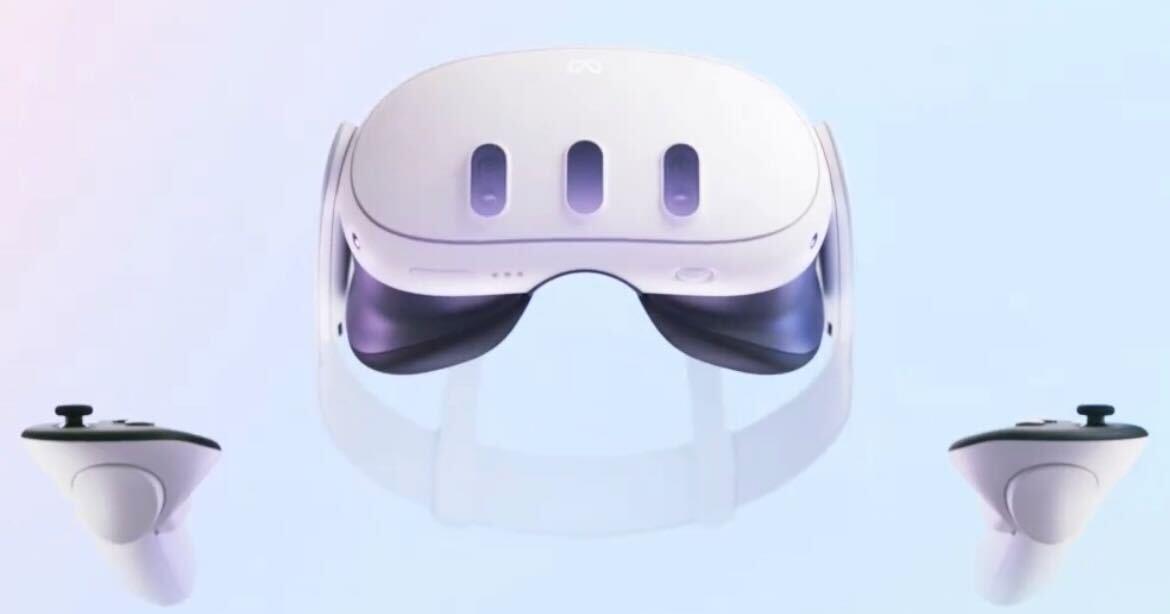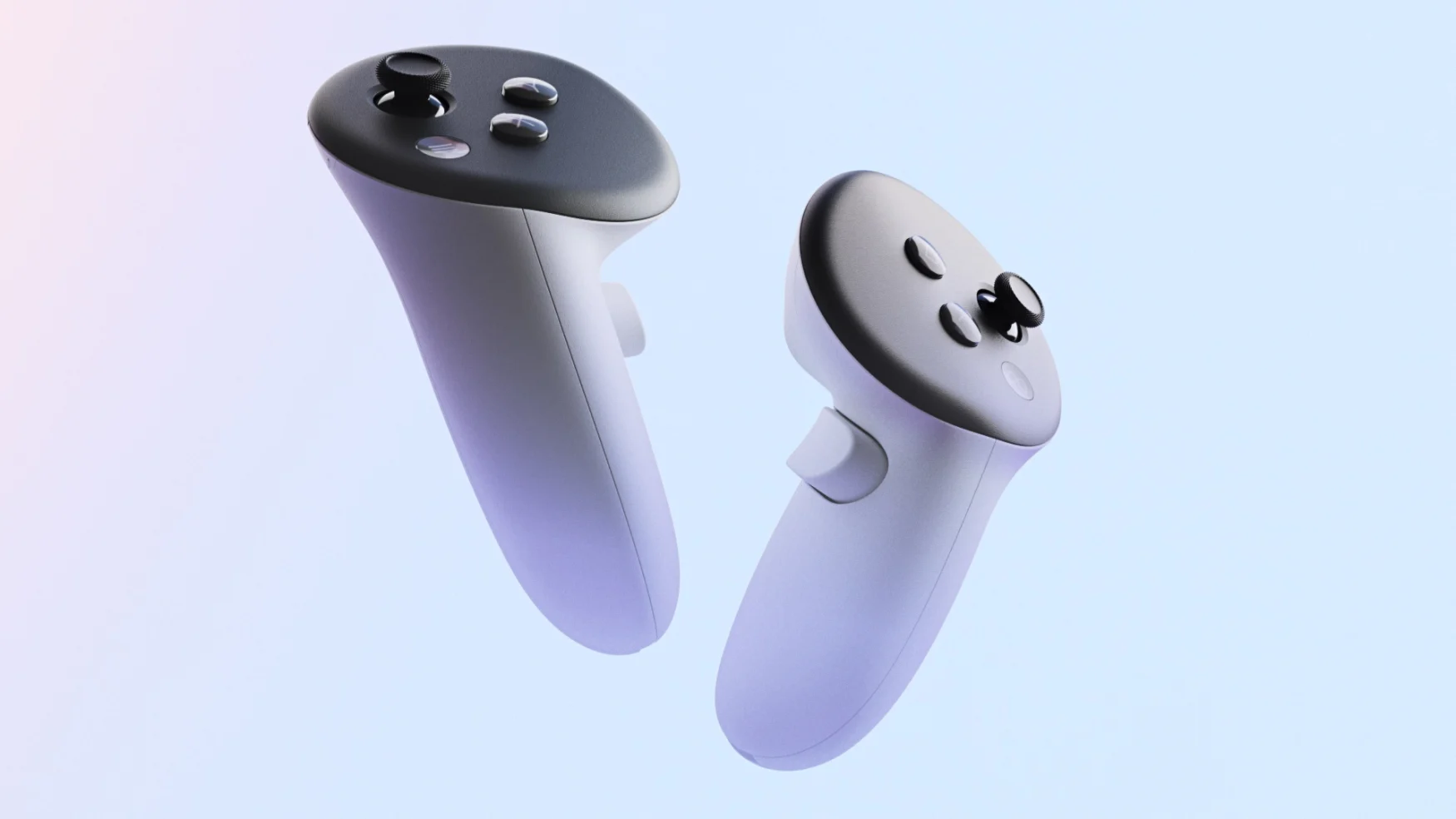
Mark Zuckerberg has revealed the Meta Quest 3, the company’s long-rumored, next-gen virtual reality headset. The Meta CEO showed off the device for the first time a few hours before the latest Meta Quest Games Showcase and just ahead of Apple’s WWDC.
As with the Quest Pro, the Quest 3 supports mixed reality and offers full-color passthrough. This enables users to see a color version of the physical space around them via the external cameras. The headset will be able to blend augmented reality elements into the outside world. Zuckerberg says it’s “the first mainstream headset with high-res color mixed reality.”
Zuckerberg claims the device has a “next-gen” Qualcomm chipset and that it offers twice the graphics performance of the Quest 2. It’s said to be Meta’s “most powerful headset yet.” Despite the extra oomph, the Quest 3 is more comfortable and 40 percent thinner than its predecessor, Meta’s CEO noted.
Meta has redesigned the controllers for Quest 3. It says they’re more streamlined and ergonomic, and they incorporate the TruTouch haptic feedback tech seen in the Touch Pro controllers. The new Touch Plus controllers also no longer have outer tracking rings. That, Meta says, will help them feel like a more natural extension of your hands and take up less space. In addition, the Quest 3 will support hand tracking from the jump.

Meta
The headset will start at $500 for 128GB of storage and it’ll be available this fall in all countries where the Quest 2 is available. It’s half the price of a Quest Pro and it costs the same as a PlayStation VR2 (which users need to plug into a PS5).
The Quest 2, meanwhile, will once again cost $300 for the base 128GB version starting on June 4th. The 256GB model will cost $350. Meta increased the price of that headset by $100 last year, blaming increased manufacturing costs. In March, it cut the price of the 256GB Quest 2 by $70 to $429 to help “more people get into VR,” Zuckerberg said at the time.
In addition, an upcoming software update will boost the performance of the Quest 2 and Quest Pro. Meta says the CPU of each headset will get a performance increase of up to 26 percent, with a GPU boost of up to 19 percent on Quest 2 and 11 percent on Quest Pro. Dynamic Resolution Scaling will be enabled on both headsets as well. According to Meta, this will help them “take advantage of increased pixel density without dropping frames.”
The Quest 3 will be fully compatible with every Quest 2 app and experience. The company will reveal more details at its Connect conference, which will take place on September 27th,
It’s hardly a surprise that Meta has a Quest 3 on the way. Earlier this week, Bloomberg‘s Mark Gurman said he’d had hands-on time with a Quest 3 prototype. Gurman wrote that the headset “feels far lighter and thinner” than the previous model and that it had a sturdier head strap. Unlike the Quest Pro, though, the Quest 3 may not have face or eye-tracking features.
In another year, Zuckerberg might have waited until Connect to reveal the Quest 3. However, Meta may be trying to steal some of Apple’s thunder. The latter is widely expected to reveal a premium mixed-reality headset at WWDC next week. As such, Meta may soon be facing another major competitor in the mixed reality space.


